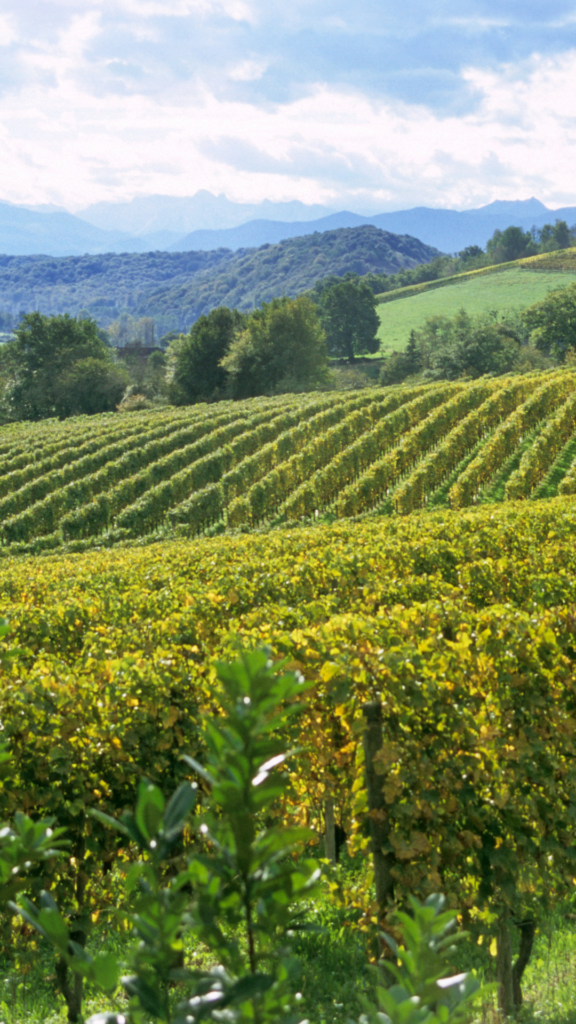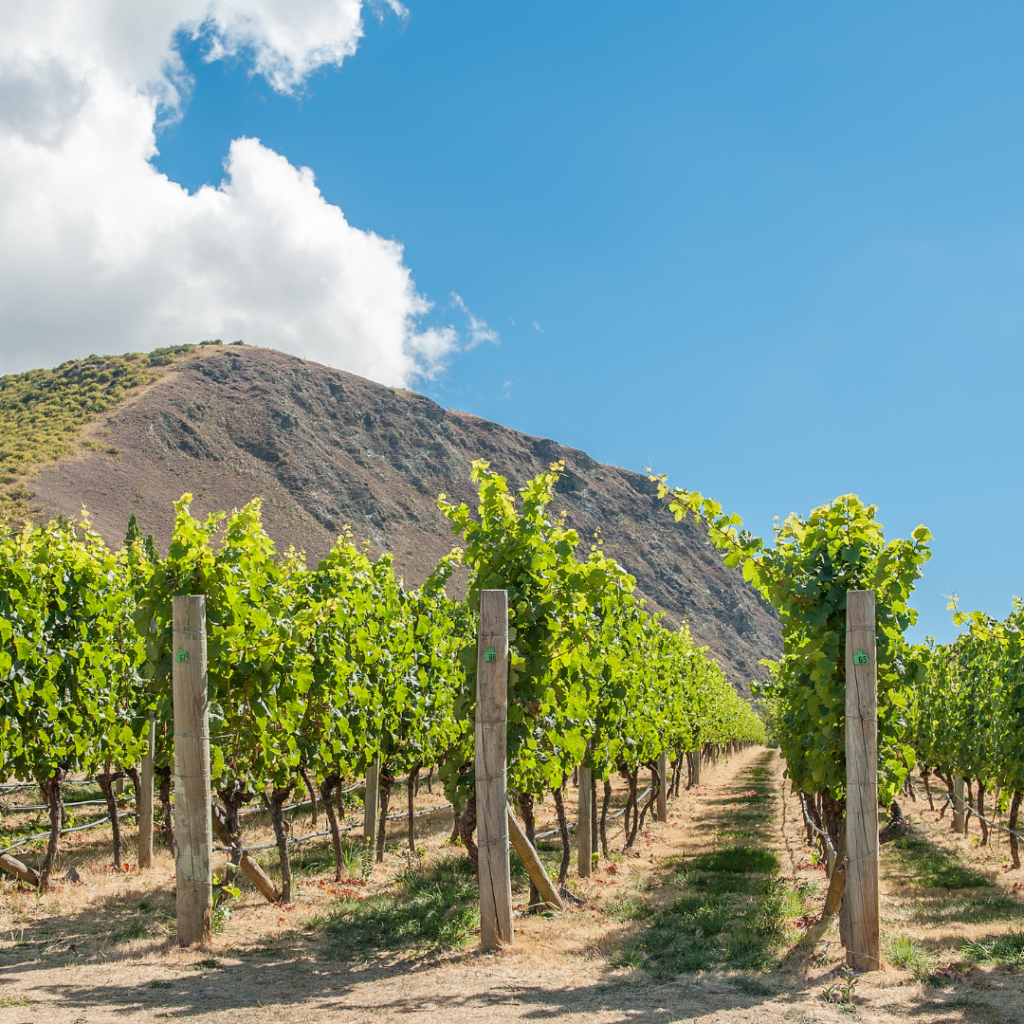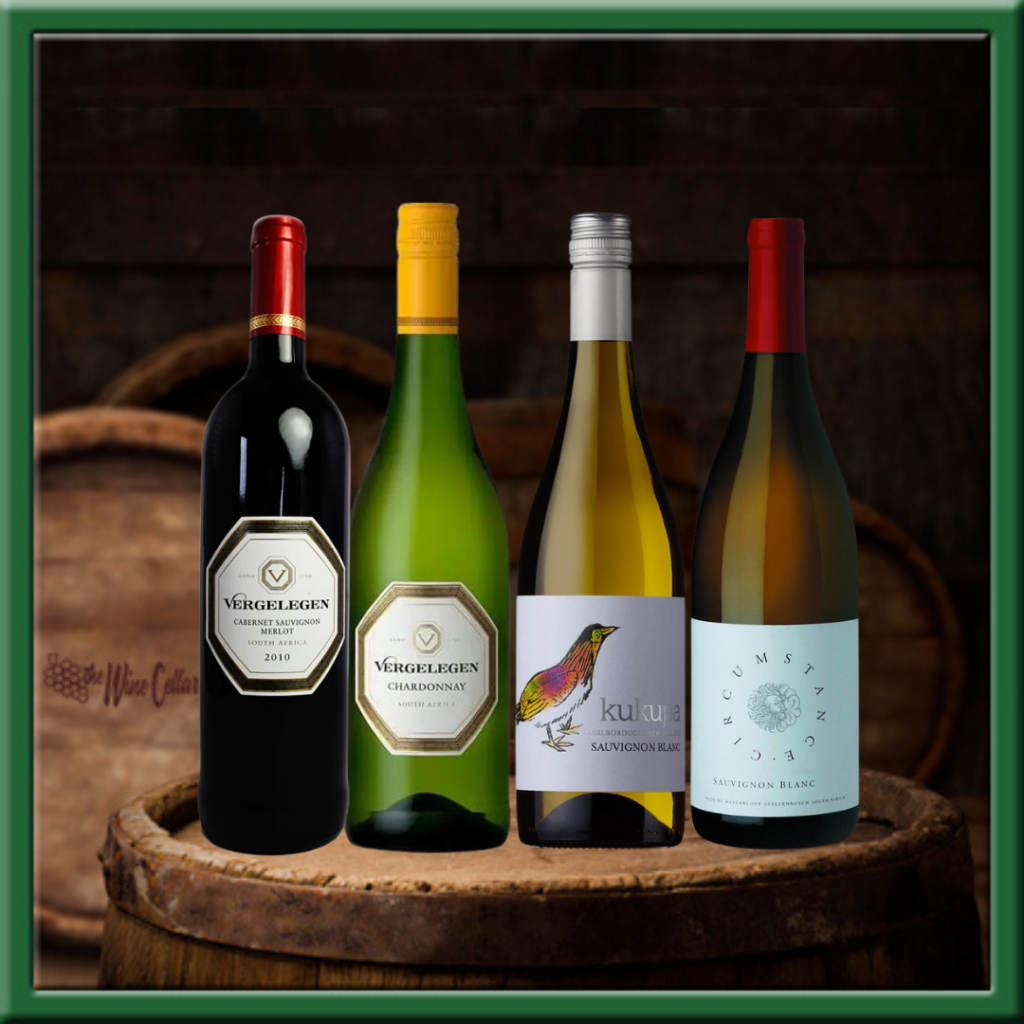What is the actual difference?
In wine language we use ‘Old World’ and ‘New World’ mostly to indicate geographically where a particular wine is from. However, they are loaded terms and you may have heard someone mention that they prefer Old World wines over New World wines or vice versa. This could be for a number of reasons; they may like a particular flavour profile of the wine, they may like how the wine is made or, in the case of the Old World, it may be that they are enamoured with the heritage of the winemaking and the fact that it stays true to the regulations which have existed, in some cases, for hundreds of years. But is there any difference between the 2 camps and, if so, what?
The Old World
Old World wines are predominantly from European countries where winemaking first originated such as; France, Italy, Spain, Portugal, Greece, Austria, Hungary, and Germany. The winemaking in these countries is, in the main, heavily restricted, with guidelines all wineries must follow. Each country and region of that country in the Old World will have been making wine in the same way for centuries and if a winery wants to be included in the same breath it has to accord to those old standards.

Terroir
The terroir (or the environment in which the vines are grown) is a very important factor for Old World wines. The placement of vines and different soil types are key considerations of the winemaker and it is believed by many wineries that the wine is influenced more by the terroir than the grape variety. Terroir is so important in the Old World that wines tend to be named after the region in which they are produced rather than the grape itself. Have you ever been confused when looking at French wine labels? It’s not surprising and you pretty much need to know what grapes grow in that region to know what is in the bottle. Chablis, White Burgundy and Pouilly-Fuisse are all Chardonnay. Sancerre and Pouilly Fume are both Sauvignon Blanc. Red Burgundy is Pinot Noir and Bordeaux will be a blend of different grapes, dominated by Cabernet Sauvignon if it is from the left bank of the Gironde River and Merlot if it is from the right bank.

Flavour
In terms of flavour, Old World wines are often described as tasting lighter, having less alcohol, having higher acidity, and tasting less fruity.

Evolution and innovation in the Old World
In recent times, some winemakers have elected to lose the prestige of the wine classifications of the area in pursuit of their own winemaking flair. Most notably the term “Super Tuscan” has evolved, where some winemakers in Italy have gone ‘rogue’, losing their local designation and making their own style of wines with grape varietals of their choosing.
Perhaps the most prominent of these is the Gaja family and we are fortunate to have a fantastic range of these exceptional wines in our shop. If you are looking for a wine for a very special occasion, or just a real treat for yourself, be sure to look out for these wines.
The New World
New World wine countries include; the United States, Australia, South Africa, Chile, Argentina, and New Zealand, basically everywhere that isn’t the Old World, so based on the definition, China, India, South Africa, and Japan are also new world wine regions.
Winemaking practices will vary significantly in these regions, where there is greater experimentation with winemaking techniques and the use of technology. Whilst terroir is still important, generally speaking, winemakers embrace a more entrepreneurial spirit as they seek new advances in the industry.


Unlike Old World wines, the wines from the New World will usually be named after the main grape varietal used in the wine. The label, will quite simply say; Pinot Noir, Shiraz, Sauvignon Blanc or Chardonnay for example. They will also tend to be dominated by one grape variety, although we have some superb new world blends in our shop.
Flavour
In terms of flavour, New World wines are often described as tasting riper, having higher alcohol, having less acidity, and tasting more fruity.
Which is better?
As with everything, there are trends, which currently leans towards Old World wines, but this will change over time, as it has done previously. Historically, there has been some snobbery against New World wines with some considering them to be less elegant and refined than Old World wines and designed to be more commercial.
For the most part, however, wine lovers are happy to try wines from both camps, allowing them a more varied choice in flavour and style for their favourite sip!
No matter what camp you are in, one thing that isn’t in doubt is that both the Old World and the New World make amazing wines. Don’t pass by the Old World because you may not understand the label and don’t pass by the New World because it doesn’t have the same winemaking heritage. All of our team are happy to advise you and help you find a wine that you love, and with over 850 wines in our shop, all arranged by country, we have plenty of both the Old World and New World to discover.

